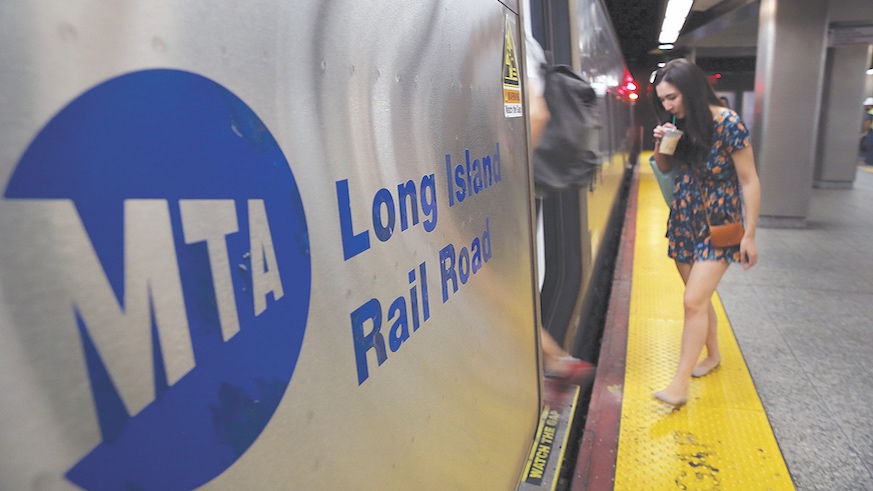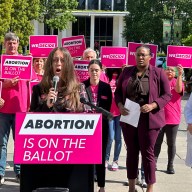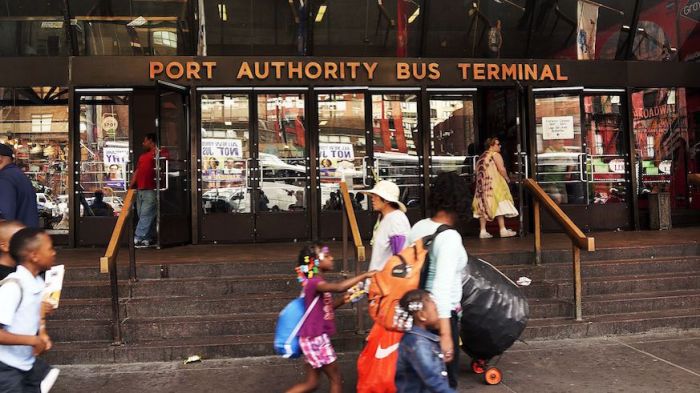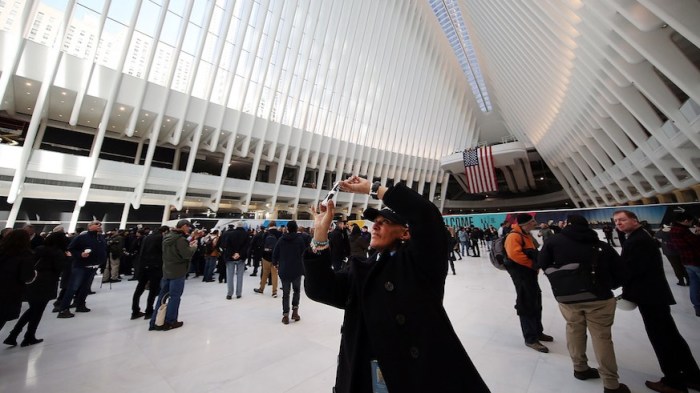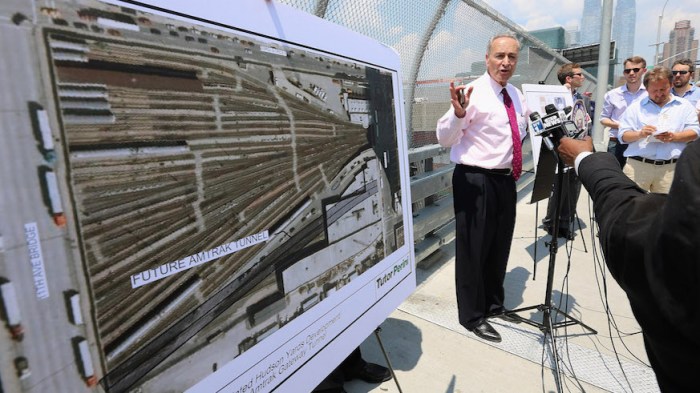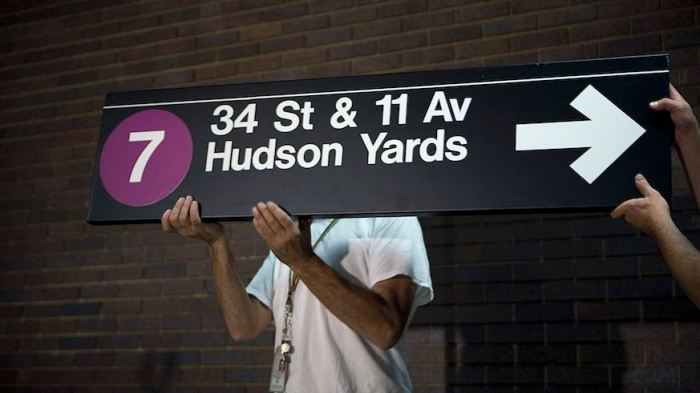There is more to the recent approval of $1.95 billion to support construction of the Long Island Rail Road Main Line Third Track by the Albany Metropolitan Transportation Authority Capital Program Review Board. These funds were part of a $3 billion MTA 2015 – 2019 Five Year Capital Program Amendment, which increased the total budget from $29 to $32 billion. Over the past 30 years, estimates for construction of the Main Line Third Track have grown from $600 million to $1.5 billion two years ago and $2 billion today. The final cost could be even higher when completed in four years. Who will pay for any potential change orders and cost overruns? Not Uncle Sam. Here is why.
The Main Line Third Track Environmental Impact Statement (EIS) was found to be in compliance with the New York State Environmental Quality Review Act (SEQUA). Gov. Andrew Cuomo, the MTA Board and other project supporters never questioned why the National Environmental Protect Action (NEPA) process was not followed. Without the compliance with NEPA, the MTA forfeits any opportunity to access United States Department of Transportation Federal Transit Administration or Federal Highway Administration funding. Governor Cuomo, the MTA Board, MTA HQ and LIRR senior leadership had no interest in applying for USDOT FTA capital funding for this project. Was it to avoid federal oversight for the project from the environmental review process through construction?
President Trump has proposed a ten-year trillion-dollar infrastructure program starting with $200 billion in upcoming federal fiscal year 2018. Sen. Chuck Schumer and Democrats would approve even more. This is one program which Democrats and Republicans, city, suburban and transit advocates might agree upon. Why did they decide to miss out on this and other potential federal funding by not following NEPA?
Unfortunately, history has shown that estimated costs for construction usually trend upward as projects advance during final design. Progression of final design refines the detailed scope of work necessary to support construction. The MTA LIRR is using a procurement strategy to hire a design build contractor. They believe that both time and money will be saved by affording the winning bidder responsibility for progression of final design and engineering from 30 percent to 100 percent. Time will tell if this strategy will work.
Problems at Penn Station during Amtrak emergency repairs over several months may pale in comparison to challenges facing LIRR riders whose trains travel the Main Line corridor during construction over coming years.
To gain support for the project, Cuomo had the MTA LIRR reduce the amount of private property acquisition. Cuomo also promised that 100 percent of work would be performed on the existing right-of-way. This is an incredibly complex project to perform 100 percent of the work within and adjacent to two active tracks. There are 194 weekday and 152 weekend trains serving riders on the Huntington/Port Jefferson, Oyster Bay, Ronkonkoma and Babylon to Speonk branches. This does not include additional freight trains and movements of passenger trains not in service. Completion of double tracking on the Ronkokoma line with introduction of 30 minute off peak service by 2018 will add two dozen or more trains each day operating on the Main Line. Construction has to proceed in parallel with the MTA/LIRR having to maintain existing passenger and freight service. It is the equivalent of performing heart surgery while the patient is running a 26-mile marathon! No one really knows today what the final construction project cost will be to cover costs of construction. The same holds true for promises to complete all work within the existing right of way within four years after construction contracts are awarded before the end of 2017. Besides relocating two existing tracks on portions of the Main Line to make room for construction a new third track, you have to deal with noise abatement and sound barriers along with additional safety improvements at grade crossings including elevating or sinking tracks at seven grade crossings. Don’t forget LIRR force account support to provide flagging protection. This is necessary to afford Third Party contractors who perform construction safe access within an active right of way corridor. Imagine how many times per hour they will have to stop work when a train passes by? A significant portion of construction work may have to take place evenings, overnight and on weekends when there is less activity on the Main Line. Each grade crossing elimination may require numerous weekend track outages resulting in full suspension of Main Line service. There may be a need for 24/7 shuttle bus service between Jamaica and Mineola or Hicksville. Costs for substitute bus service could easily run into the millions over the project construction duration.
Larry Penner is a transportation historian and advocate who previously worked 31 years for the U.S. Department of Transportation Federal Transit Administration Region 2 NY Office.

